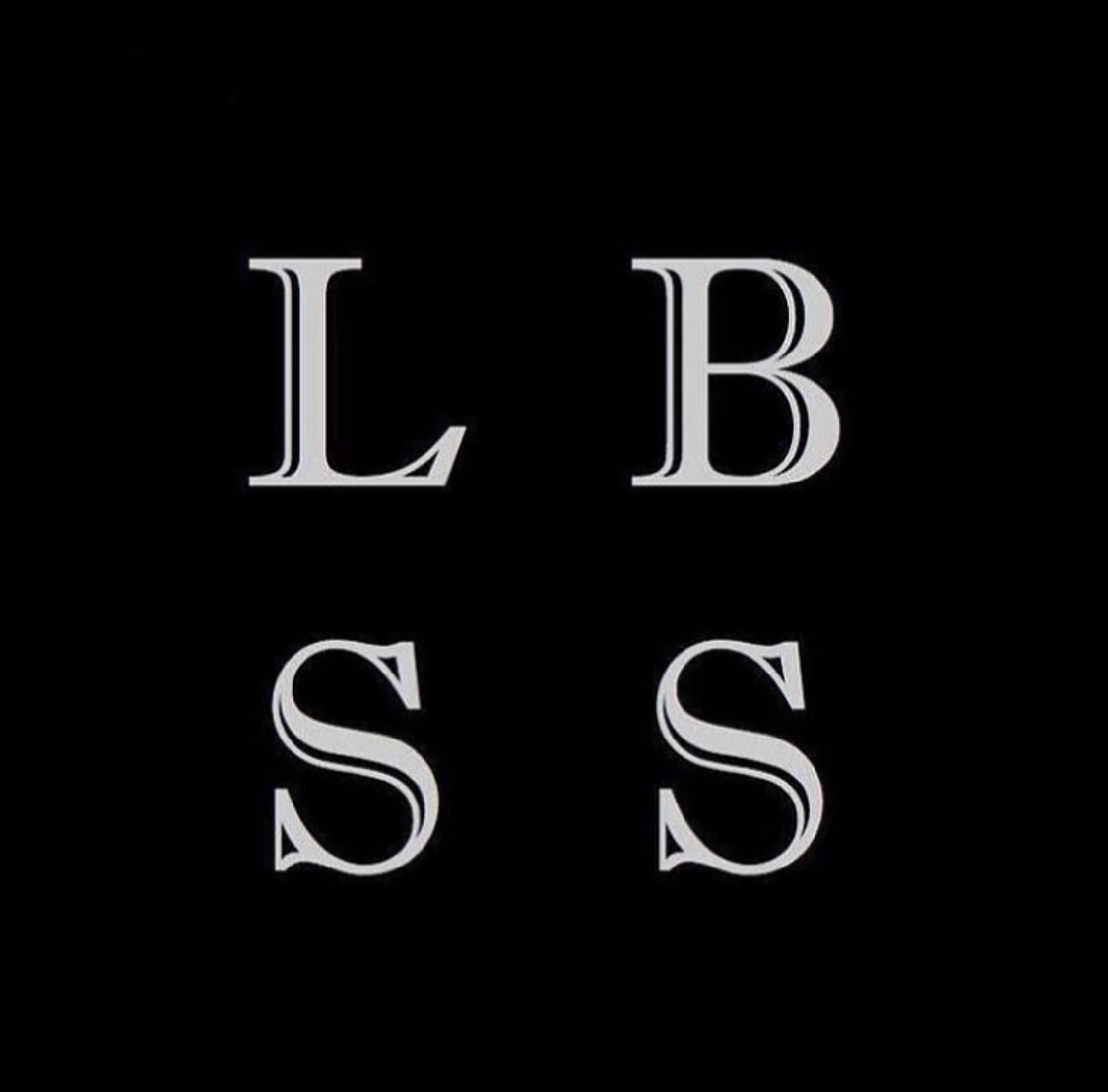
Chanel Fall 2024 Couture
When Karl took on the artistic director job in ’83, he was chosen to pick up the broken pieces of a house that had fallen apart since Coco’s death in ’71. With his ingenuity and youth, it was imagined there could be no better candidate to restore Chanel to the apotheosis of class and style. Playing with the codes of the house, using the tweed jacket as his template to integrate more vibrant colors, motifs, and structures, he showed it to be the staple Coco had created: it could be worn as a jacket for the beach, thrown on over a white t-shirt, or paired with a sleek evening dress. For Karl, there was no limit. Chanel would dress women for the supermarket, skiing in the Alps, strolling in the forest, and even space.
However, with such stability under his reign as Creative Director came the inevitable struggle Chanel would face after Lagerfeld’s departure. His right-hand, Virginie Viard, was appointed Creative Director in the hopes that the years spent by Lagerfeld’s side, helping him make decisions, would make her the most suitable candidate to take over the house’s future. With such a reputation to live up to, some could say the deck was stacked against Viard from the beginning, needing to live up to one of the most trailblazing designers since Mademoiselle Chanel herself.
While opinions on how she acted in her role differ, she grew the brand by over 14.6% to $19.7 billion on a business level. Yet, on a creative level, when younger brands like Versace and Jacquemus are re-inventing luxury in a way that can remain relevant in the 21st century, survival through previous creations such as the Boy bag or Classic Flap is not enough to compete, which could explain why she was let go in June of this year.
Therefore, as Viard steps down, the inevitable question becomes: who will take over one of the most coveted jobs in fashion? Who will take control and enable Chanel to become more dynamic? Who will allow Chanel to reach the heights it has only previously reached under Lagerfeld’s direction?
Chanel needs a dreamer, a director with Karl’s tenacity and Gabrielle’s vision—someone who understands the brand and can lead it into the future, an “enfant rêveur.” Sarah Burton, Hedi Slimane, Jeremy Scott, and Marc Jacobs are among the most popular candidates, with Olivier Rousteing and Pierpaolo Piccioli just behind these top choices. However, the fine margin differentiating these choices may be as simple as a matter of values, with the essential being legacy and honor. Karl was always fond of Slimane’s work. Now that his contract is in a phase of negotiation with LVMH, who have long dreamt of acquiring Chanel as the crown jewel in their arsenal of luxury brands, it seems unlikely that they would let Slimane slip away and work for a family that has prevented them from acquiring the brand that would send them skyrocketing past Kering, further solidifying their position as an unstoppable force in the luxury market.
Anyone interested in the business of fashion and not living under a rock will have heard of the leaked conversation between Jeremy Scott and a journalist during an after-party at Chanel Fashion Week. Between Scott’s shyness towards the questions posed about the insinuation by the journalist that he was going to Chanel and his fleeing from the conversation, there’s no question that this is more than simple gossip or after-party talk. Being only 48, Scott has both the experience of the haute couture world and the ability to utilize the digital age we find ourselves in to further the ongoing collaborations between technology and luxury, which other brands have taken steps towards in previous years. With him, Chanel would not be left behind.
There’s also the possibility that Chanel could do the unthinkable and pick a young protégé who’s been working behind the scenes, closely observing Karl and Virginie in the ateliers, and preparing to take on this role for years. Or perhaps a designer with a flourishing brand, such as Simon Porte Jacquemus or JW Anderson, would put their oeuvre aside and focus on tending to Karl’s legacy.
With this in mind, it’s also important to remember that Chanel’s position in choosing a successor differs significantly from other houses that are part of a conglomerate. These houses must be incredibly disciplined about who they appoint to have creative control of the brand due to the tumultuous nature of the stock market they need to exist in, while Chanel does not.
While the precise successor of the French house remains uncertain, given that all potential successors could put their own artistic flair on Gabrielle’s classics, one thing is certain: there is no lack of incredible talent that could fill fashion’s most coveted role.
